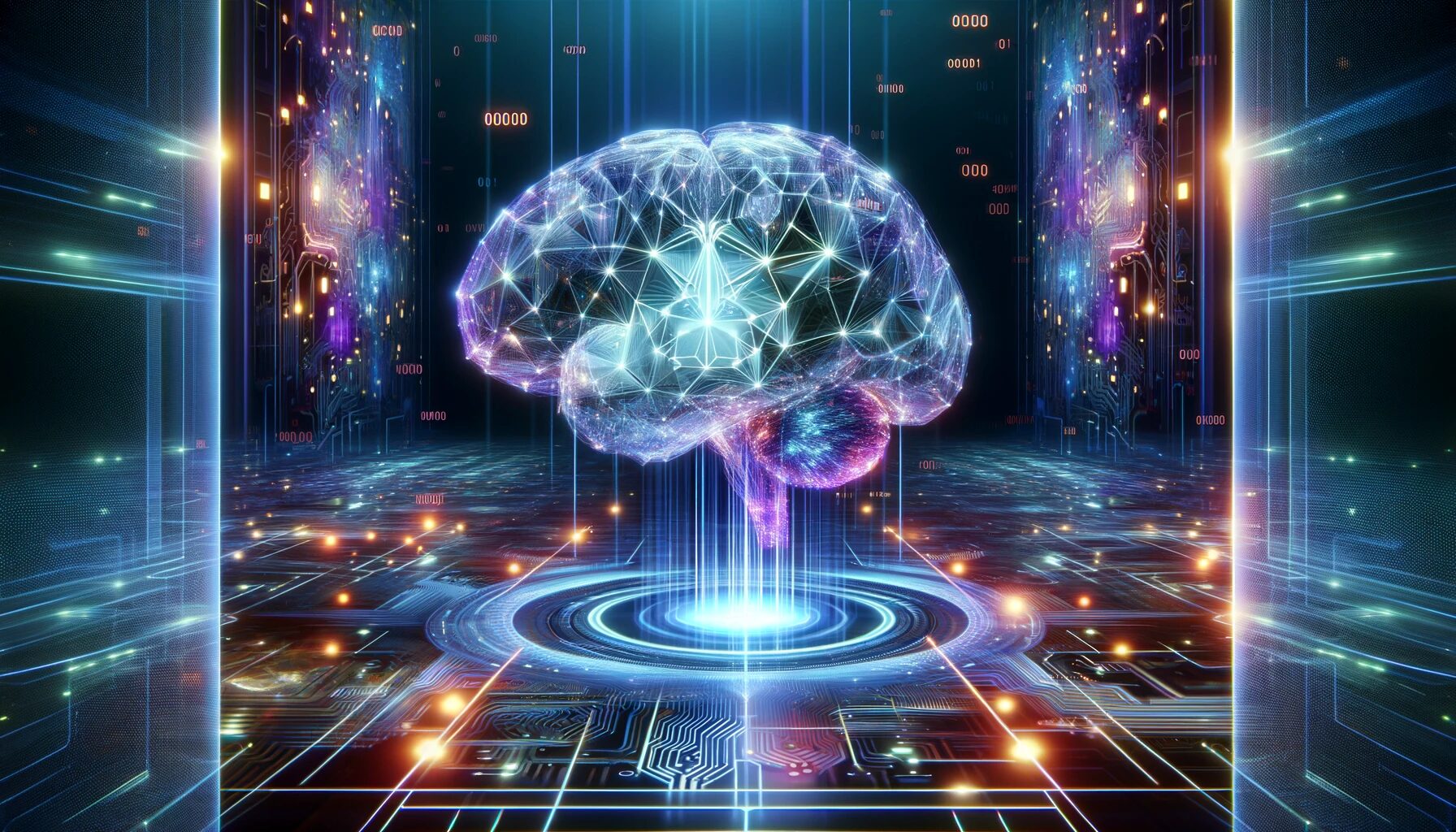Table Of Content
That’s the magic of the Generative Pre-trained Transformer, or GPT for short. This tool is a type of AI that excels in creating text based on the patterns it picks up during its training phase. It uses a complex mechanism called the transformer architecture, which helps it predict and generate sequences of text by understanding the context from the input it receives.
Have you ever wondered how a machine can generate text that seems like it was written by a human?
How Does GPT Work?
GPT models work by processing text in a two-step approach. Initially, they undergo a “pretraining” stage where they learn from a vast amount of text data without any specific instructions on what to learn. They simply try to predict the next word in sentences. After this, they enter a “fine-tuning” phase where they are specifically taught to perform certain tasks, such as answering questions or translating languages. This approach allows GPT to generate highly relevant and context-aware text based on the input or “prompt” you provide.
Popular GPT Models and Their Applications
The capabilities of GPT models are not just limited to generating text. They are also employed in various fields for tasks like language translation, where they can maintain cultural nuances, or in customer service as advanced chatbots that provide tailored responses. The most well-known versions include GPT-3 and GPT-4, which are remarkable for their ability to handle complex language tasks and even programming-related queries. These models are not just academic tools but have practical applications in fields ranging from law to creative writing, making them incredibly versatile aids in many professional sectors .
Is GPT a patented trademark?
As of the latest updates, OpenAI has faced challenges in its efforts to trademark “GPT” (Generative Pre-trained Transformer). The U.S. Patent and Trademark Office (USPTO) has denied these attempts, citing that “GPT” is a broadly descriptive term used widely within the industry, which limits its eligibility for trademark protection. The term describes a type of AI model rather than signifying a specific product or service from one company. This decision prevents OpenAI from holding exclusive rights to the term, allowing its continued common use across the tech industry.
Furthermore, the USPTO rulings also reflect the wide recognition and application of GPT in various contexts by different entities, which complicates the effort to associate it exclusively with OpenAI While OpenAI can still appeal these decisions, the current situation means that “GPT” remains a general term used to describe a certain AI technology rather than a trademarked brand.

